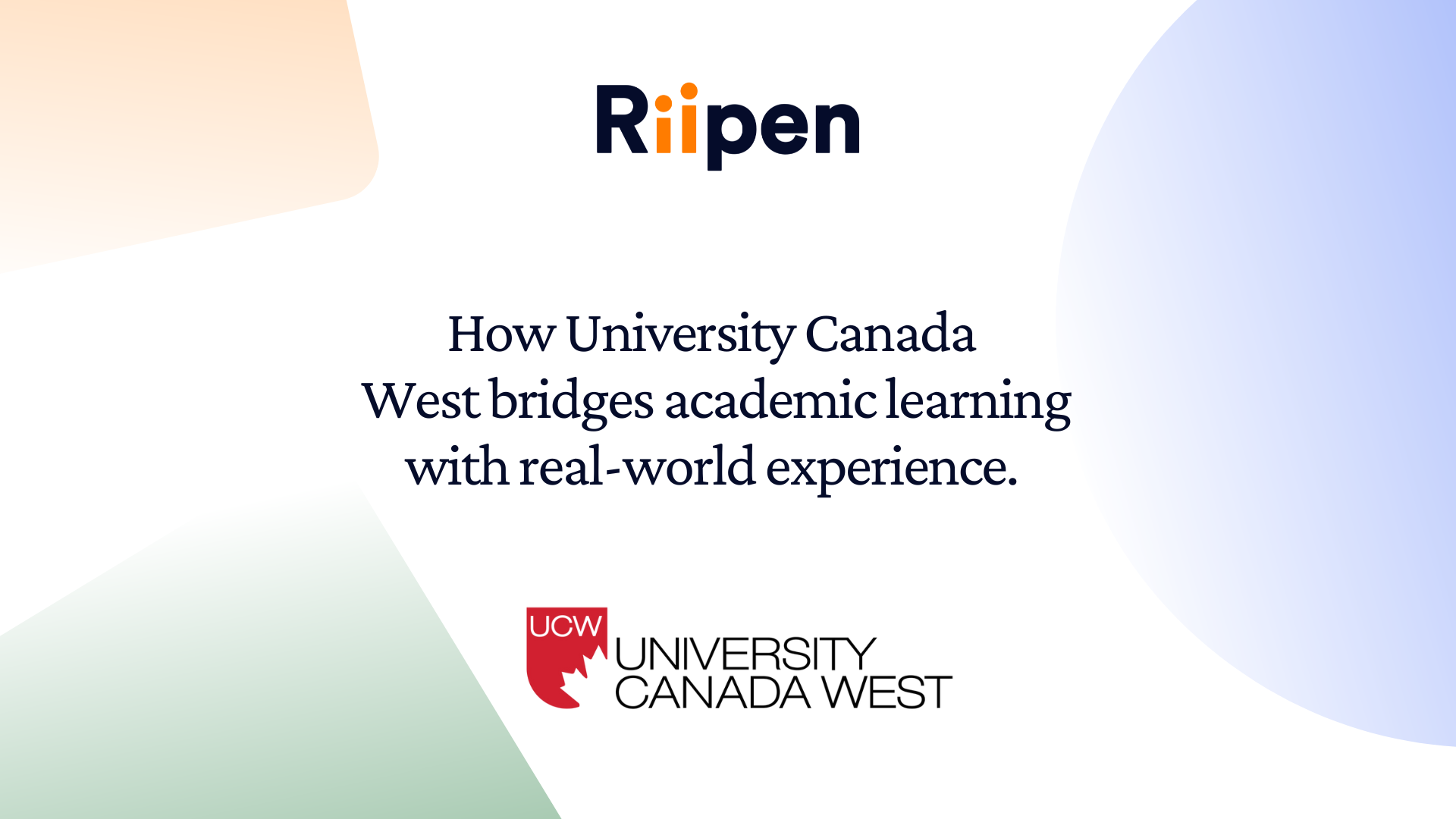Arizona State University student survey reveals impact of experiential learning on students

While the difficulties for new graduates in finding employment in their field of study and entering the labour market are not recent, the transition can be all the more difficult, lengthy and tedious in the absence of experience, skills and an established network of contacts.
A good number of studies on the subject reveal the extent of the issue:
- 43% of recent university graduates are underemployed in their first job after graduation.¹
- 2/3 of these graduates continue to be underemployed for the next five years.¹
This concern is common to all new graduates. To that end, Indeed, the world's leading job search engine, recently shared potential reasons why new graduates are having difficulty finding work. These include, among others:
- High competition - Some sectors face greater competition for jobs than others. This increases the difficulty for graduates to stand out.
- Lack of relevant work experience - Not all students work during their studies, and those who do often work outside their field of specialization.
- Little or no skills - Students with little work experience enter the job market with few skills listed on their resumes.
- Lack of contacts - Without work experience, individuals have limited opportunities to network.
- Lack of communication skills - Often linked to lack of work experience as it takes practice to develop the right communication skill set.
It goes without saying that for doors to open, new graduates need experience and contacts, but also skills. Here is where experiential learning, also known as project-based learning (PBL) comes into full force.
Moreover, as the skills deficit of recent graduates is increasing due to the ever-changing nature of work, educators are constantly looking for new ways to better prepare their students to enter the workforce after graduation by helping them gain experience and develop the skills they need to succeed in their careers.
Through meaningful and pragmatic collaboration between students and industry partners on a project, students have the opportunity to apply their knowledge and develop valuable skills through project work, while creating lasting connections that could make a difference at the end of their studies. Particularly since students are eager for this hands-on experience, university-industry partnerships offer a way to make these experiences accessible to all.
Arizona State University (ASU) has recognized this need and has piloted WIL courses to help facilitate work-integrated experiential learning in large-scale university programs. As such, they have adopted Riipen as the technology platform of choice to help implement and facilitate experiential learning activities on campus.
ASU educators have since been actively engaged on the Riipen platform as they wish to provide their students with practical and relevant industry experiences that both strengthen their engagement in their courses while giving them valuable experience and the opportunity to develop their skills in a project with an employer.

As several instructors have used Riipen to find industry projects for their courses and to manage the collaboration between their students and employers, we wanted to hear from the key stakeholders - the students - on how they found the experience and what they gained from it.
We surveyed 88 ASU students and here are some of the results that tell us a great deal about the skills developed by the students and their impressions after working closely with an employer on a project:
- 70% of the students felt that working on the project gave them the opportunity to improve their communication skills.
- 84% of students reported an improvement in their teamwork skills.
- 74% of students reported that working on the project provided them with opportunities to improve their critical thinking skills.
- 75% of students felt that working on the project provided them with an opportunity to develop their leadership skills.
- 82% of students reported that working on the project provided them with opportunities to practice and develop their professionalism.
Additionally, 1/2 of the students surveyed indicated that they now have a clearer idea of the type of career/job they would like to pursue, that they are aware of the type of work that might be best for them, that they have more confidence in finding a job they like, and ultimately feel better prepared for the workforce as a result of this experience. When combined with the knowledge acquired during their studies, the practical experience gained through hands-on engagement with an industry partner on a project allowed the students to emerge as true victors.
With Riipen, students not only have the opportunity to collaborate with an industry partner and gain experience, but also to develop their skills, build their professional network, clarify their career and increase their employability through a virtual portfolio of verified skills.
For their part, educators have the opportunity to actualize their teaching, significantly enhance the value of their instruction, and increase student engagement, all while providing their students with the opportunity to improve their employability.
Meanwhile, employers are not at a loss as they can generate new ideas and insights from students on topics of importance to their organisation, build brand awareness on campus, as well as discover, attract and recruit the right talent through competency-based experiences.
It goes without saying that Riipen is a win-win-win solution for everyone.
--
1. Source: Burning Glass Technologies - Underemployment Research on the Long-Term Impact on Careers (2018)

About the author:
Jennifer Lussier is an Account Manager and Content Marketing Specialist at Riipen. Jennifer has a multidisciplinary background. Wishing to accomplish more for the benefit of society, she joined Riipen in 2019, and is committed to ensuring that postsecondary students gain relevant industry experience through their studies in order to be better prepared for the future of work.










.png)



















.png)







